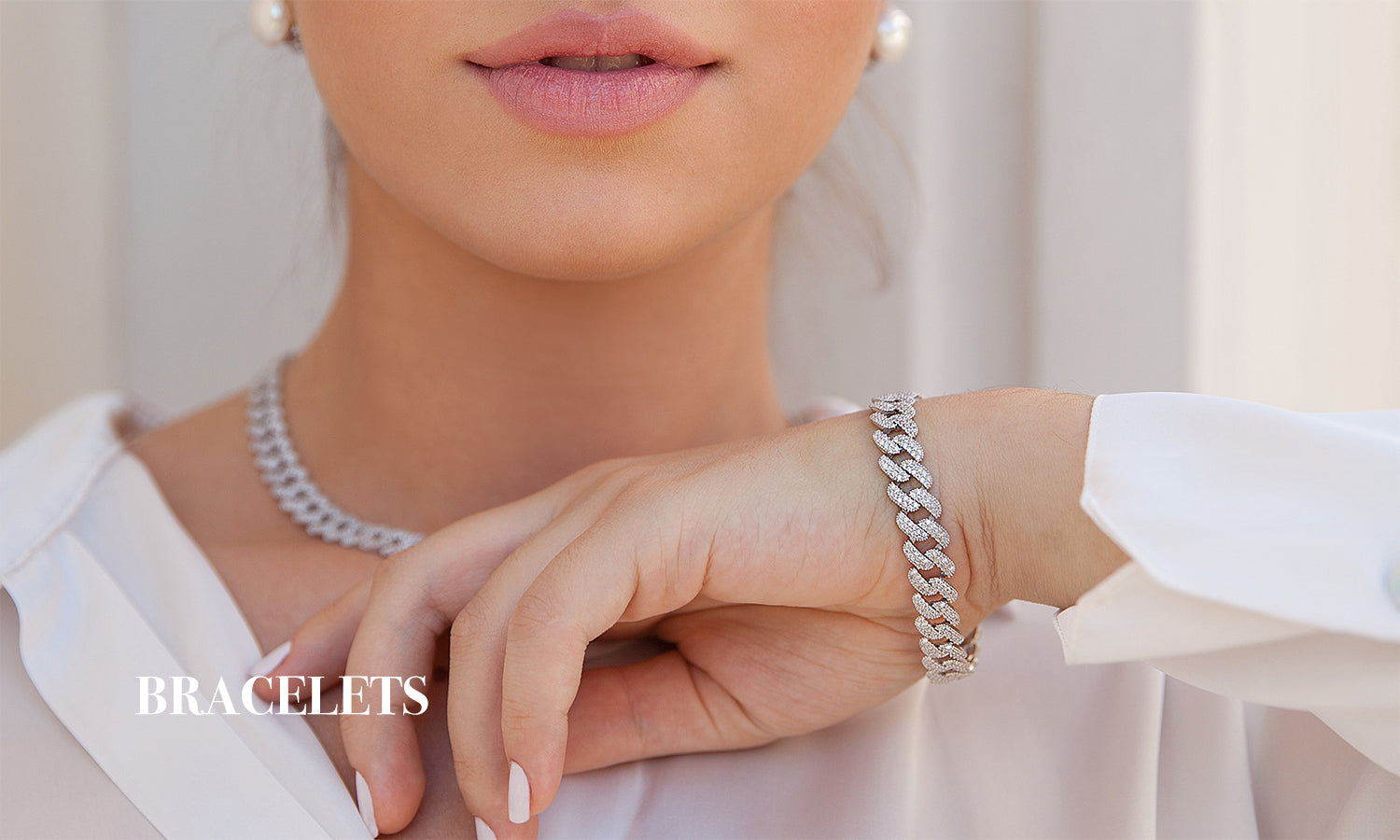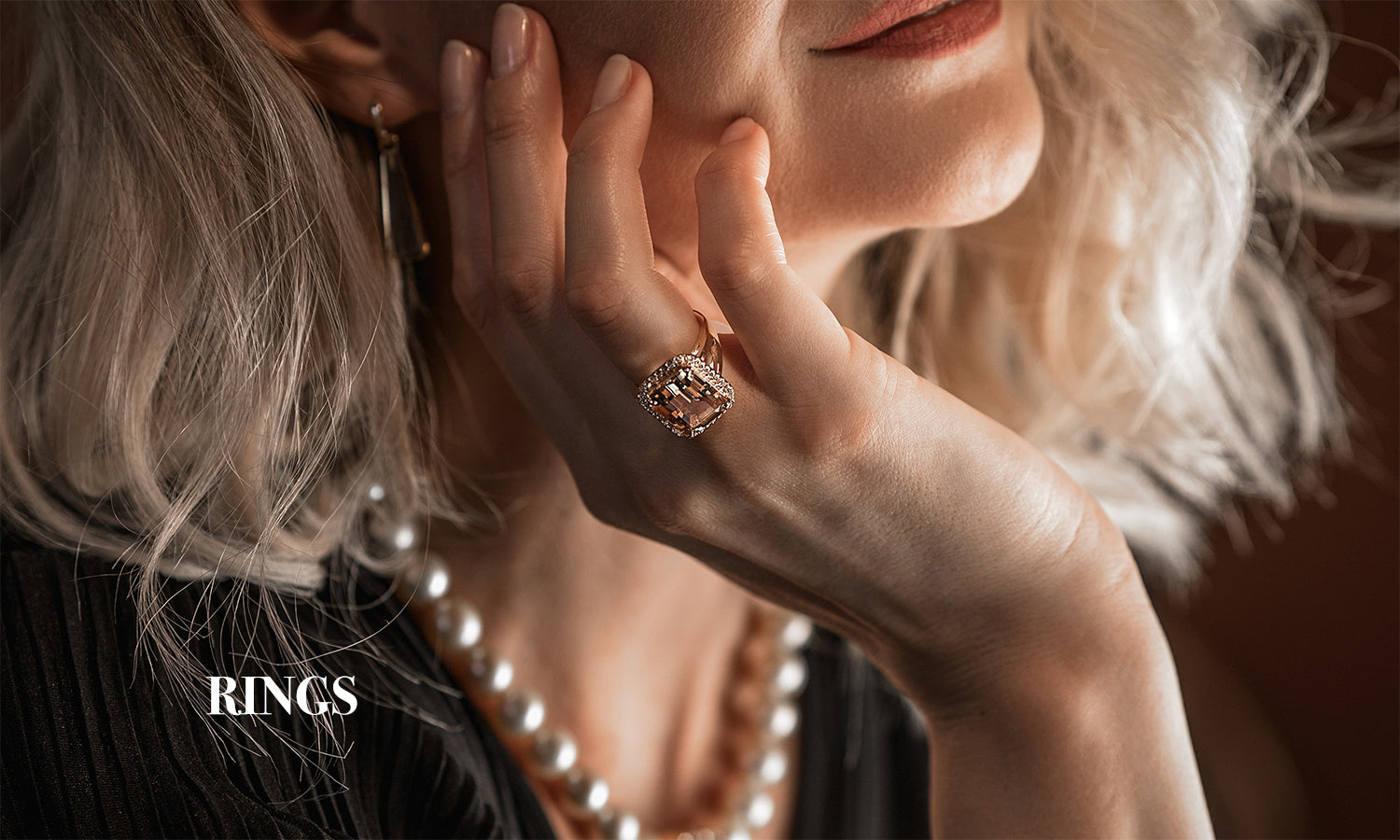
Varieties of Zircon Stone
Share
Introduction
Zircon stone, renowned for its brilliance and diverse color palette, is a gemstone that has captivated humanity for centuries. Its history dates back to ancient times, where it was revered for its glittering beauty and used in various ornamental purposes. Often confused with the synthetic cubic zirconia, natural Zircon is a unique mineral, distinct in both composition and characteristics. It occurs in a spectrum of colors, ranging from transparent to opaque, with blue, red, yellow, and green being the most sought-after hues.
The versatility of Zircon extends beyond its aesthetic appeal. It possesses remarkable properties that make it not just a gemstone for jewelry but also a valuable mineral in various scientific applications. Its durability, combined with a high refractive index, contributes to its striking luster, making it a gemologist's delight. The allure of Zircon lies not only in its physical beauty but also in its geological significance; it provides insights into the Earth's crust formation and evolution.

Source: https://www.gemstones.com/gemopedia/zircon
In this exploration of Zircon stone, we delve into its varieties, properties, cultural significance, and modern applications, unveiling the multifaceted nature of this extraordinary mineral.
Varieties of Zircon Stone
Zircon stone, treasured for its beauty and versatility, presents itself in a captivating array of varieties. Each type is distinct, defined by unique hues and qualities. The most well-known variety is the Blue Zircon, prized for its vivid, deep blue color often compared to the ocean. Then there's the Starlight Zircon, a name that reflects its intense, radiant appearance, reminiscent of a star-filled night sky.
Red Zircon, sometimes referred to as Hyacinth, stands out with its fiery, crimson tones, evoking warmth and passion. Conversely, the Honey Zircon offers a more subdued elegance with its warm, golden-yellow hues, reminiscent of a serene sunset. The Green Zircon, a rarer variety, captivates with its refreshing, verdant shades, echoing the tranquility of nature.

Source: https://www.gemsociety.org/article/zircon-jewelry-and-gemstone-information/
Each variety of Zircon not only differs in color but also in its reflective qualities and internal characteristics, making each type unique. This diversity not only adds to the stone's charm but also provides a wide range of options for jewelry enthusiasts and collectors. The varieties of Zircon reflect the stone's ability to adapt and appeal to a multitude of tastes and preferences, showcasing its remarkable versatility.
Physical and Chemical Properties of Zircon Stone
Zircon stone boasts a remarkable blend of physical and chemical properties that contribute to its allure and practical applications. Chemically, Zircon is a zirconium silicate, often containing traces of uranium, thorium, and lead, which can affect its color and crystal structure. It's known for its exceptional hardness, registering 7.5 on the Mohs scale, making it both durable and resistant to wear, an ideal quality for jewelry.
One of the most notable physical properties of Zircon is its high refractive index and strong dispersion, lending it an exceptional brilliance and fire that is comparable to diamonds. This quality makes it a favorite among gem enthusiasts. Zircon also exhibits a range of optical phenomena, including pleochroism, where it shows different colors when viewed from different angles.
In addition to its visual appeal, Zircon's thermal conductivity and resistance to chemical alteration make it valuable in various industrial applications. These properties, combined with its age-dating capabilities due to uranium and thorium content, make Zircon a significant mineral for geological studies. These physical and chemical characteristics not only underline Zircon's beauty but also underscore its importance in both the gemological and scientific worlds.

Zircon Stone in Jewelry and Ornamentation
Zircon stone, with its impressive range of colors and remarkable brilliance, has been a cherished gem in jewelry and ornamentation for centuries. Its exceptional fire and luster, akin to a diamond, make it a popular choice for a variety of jewelry pieces, including rings, necklaces, earrings, and bracelets. The versatility of Zircon allows it to be cut into numerous shapes, enhancing its sparkle and appeal in different designs.
In ornamentation, Zircon is valued not just for its aesthetic qualities but also for its perceived metaphysical properties, often being incorporated into pieces believed to bring good fortune or protection. Its durability and resistance to wear make it suitable for everyday wear, maintaining its beauty over time. The wide color spectrum of Zircon—from vibrant blues and greens to warm yellows and reds—provides jewelers with a palette to create stunning, unique pieces that cater to diverse tastes and styles. This versatility and enduring beauty solidify Zircon's status as a favored gem in the world of jewelry and ornamentation.
Metaphysical Properties and Cultural Significance
Zircon stone is not just valued for its physical beauty but also for its metaphysical properties, which have been revered across various cultures. Traditionally, Zircon is believed to bring prosperity, wisdom, and honor, making it a popular choice for spiritual and healing purposes. In astrology, it's often associated with the planet Venus and is believed to aid in balancing emotions and bringing about spiritual growth.
Culturally, Zircon has been a gemstone of significance in many societies. In the Middle Ages, it was thought to induce sleep, ward off evil, and promote riches, respect, and wisdom. Different colors of Zircon are also believed to have specific properties; for instance, the blue Zircon is associated with tranquility and the promotion of peaceful sleep, while the red variant is thought to stimulate vitality and passion.
This blend of metaphysical beliefs and cultural significance makes Zircon a stone that transcends its physical allure, embedding it deeply in the realms of spiritual and historical lore. Its continued popularity in various forms of ornamentation and jewelry underscores its enduring legacy and the fascination it holds in human culture.
Modern Uses and Applications of Zircon Stone
Zircon stone's multifaceted applications extend well beyond its beauty, playing a significant role in various modern sectors. It's highly valued in the manufacturing of refractory materials and ceramics, owing to its exceptional durability and resistance to high temperatures. In geology, Zircon's unique properties make it an indispensable tool for radiometric dating, aiding in uncovering the mysteries of Earth's geological history.
Moreover, Zircon's utility in the production of specialized glasses and enamels is noteworthy. Its ability to enhance the strength and heat resistance of these materials makes it a preferred choice in industries requiring durable glass products. This versatility also extends to the field of optics, where Zircon is used in crafting precision instruments and lenses, benefiting from its optical clarity and refractive qualities.
In the realm of technology, Zircon's attributes are exploited in various advanced applications. For example, in the field of telecommunications, Zircon-based components are utilized for their durability and efficiency. Additionally, its resistance to corrosion and chemical inertness make it an ideal material in certain chemical processing environments.
This broad spectrum of applications not only highlights Zircon's practical value but also its pivotal role in advancing modern technology and scientific research. The stone's enduring relevance in such diverse fields is a testament to its unique properties and versatility.
Comparison and Contrast among Different Zircon Stones
Zircon stone's varieties offer a fascinating study in contrasts and similarities. The Blue Zircon, known for its deep, vibrant hue, is often associated with luxury and is popular in high-end jewelry. Its brilliance and intense color are contrasted by the subtler, earthy tones of Honey Zircon, which exudes a more understated elegance.
Red Zircon, or Hyacinth, with its fiery crimson appearance, offers a bold visual statement, differing significantly from the tranquil and refreshing tones of Green Zircon. Despite these color differences, all varieties share the same fundamental chemical composition and physical properties like hardness and refractive index.
The Starlight Zircon stands out for its unique, radiant appearance, which differs from the other types in its shimmering, star-like quality. This variety adds a unique dimension to the Zircon family, illustrating the stone's versatility.

Source: https://www.anahana.com/en/wellbeing-blog/yoga/root-chakra-crystals
In summary, while all Zircon varieties share certain key properties, their diverse range of colors and appearances offer a broad spectrum of aesthetics. From the deep blues and bright reds to the gentle greens and golden yellows, each type of Zircon holds its own unique appeal and use in jewelry and ornamentation.
Conclusion
In conclusion, Zircon stone, with its array of colors, remarkable physical and chemical properties, and diverse applications, is a gemstone of great significance and versatility. From its use in ornate jewelry to its role in various modern industries, Zircon's allure transcends aesthetic value, embedding it deeply in both cultural and scientific realms. Its varied forms, each with unique characteristics, offer a spectrum of beauty and functionality. This exploration of Zircon stone reveals its multifaceted nature, making it a fascinating subject in the worlds of gemology, h




